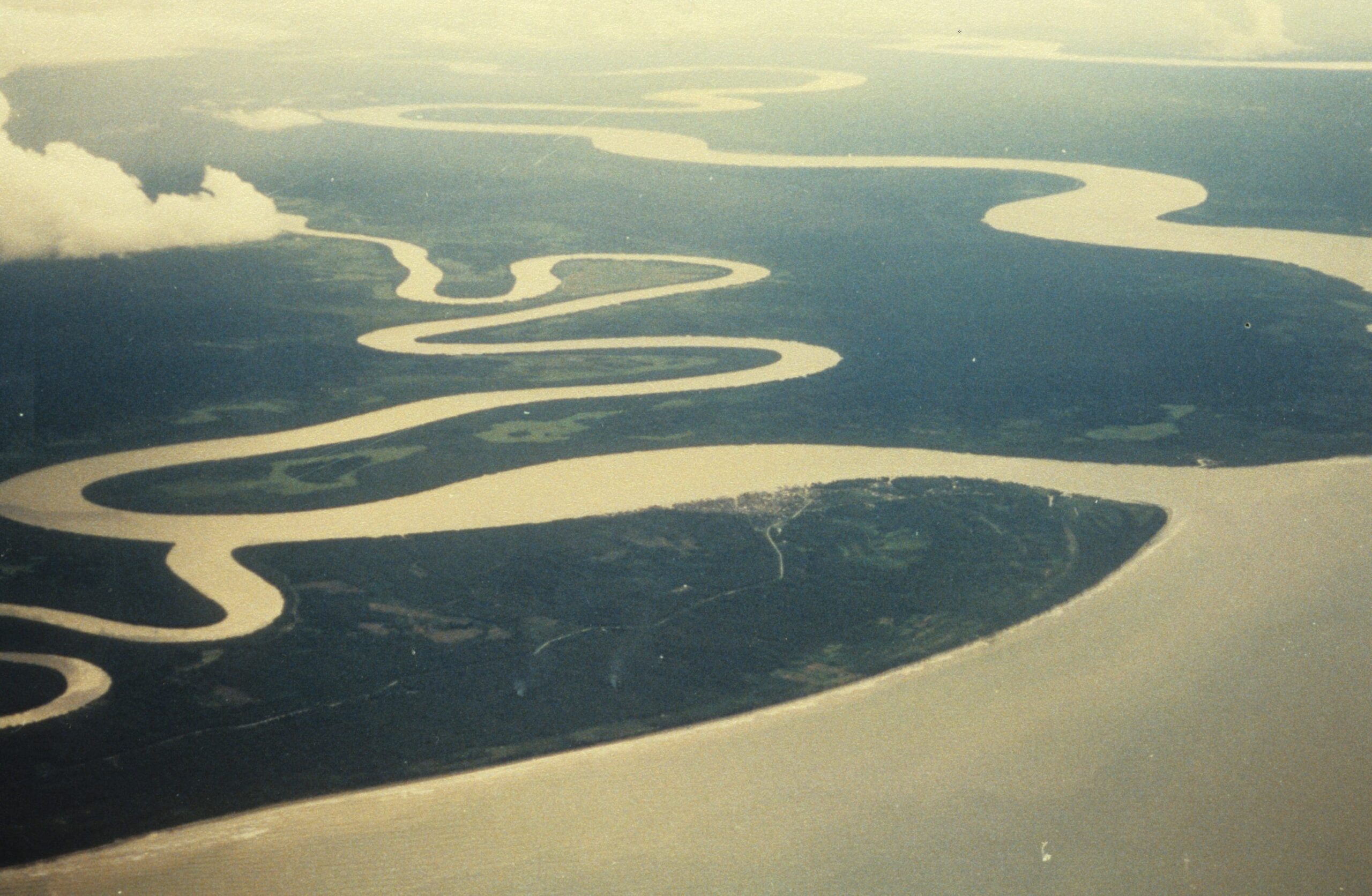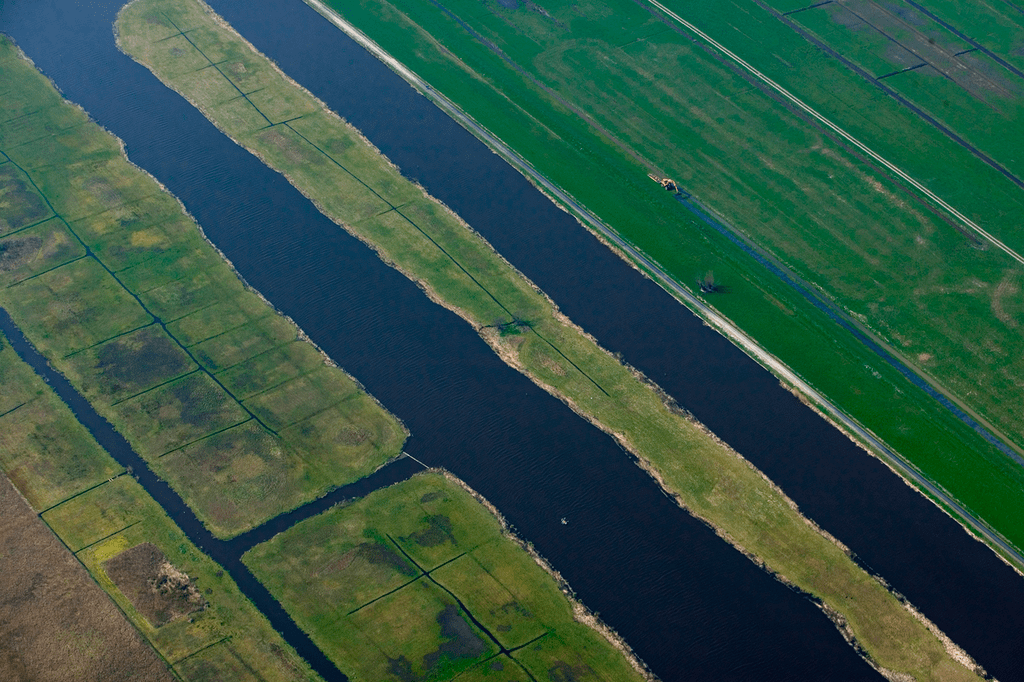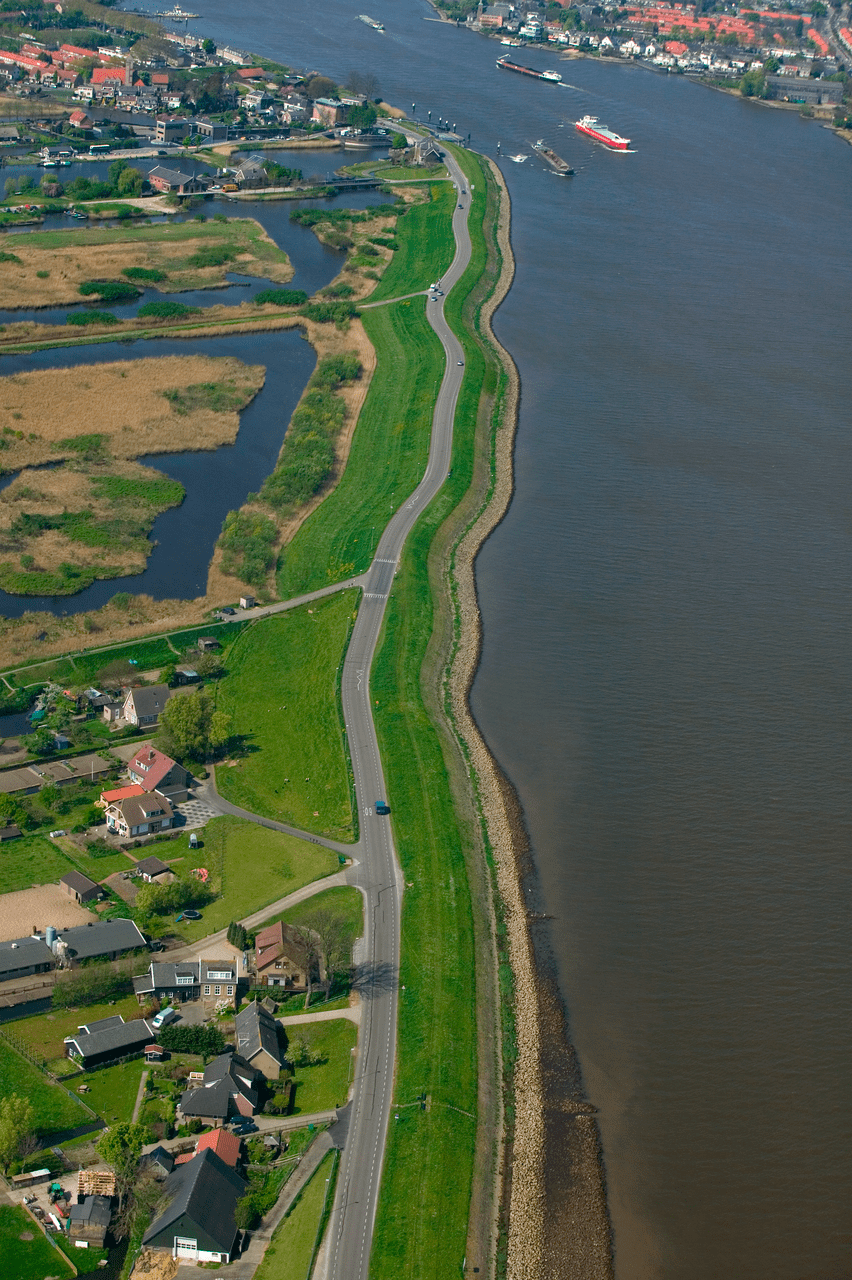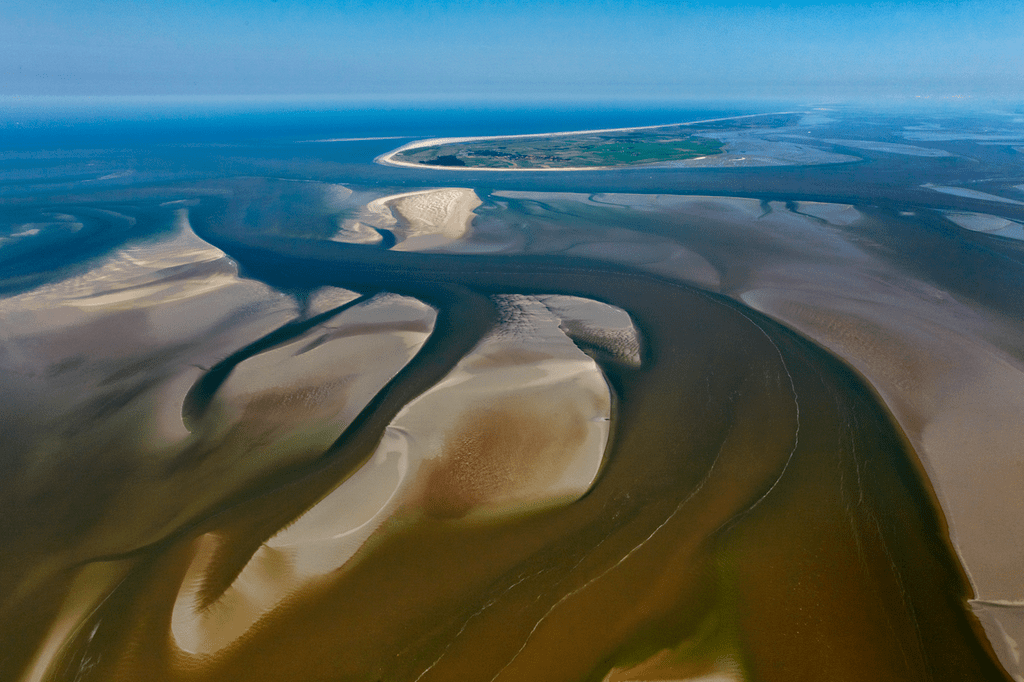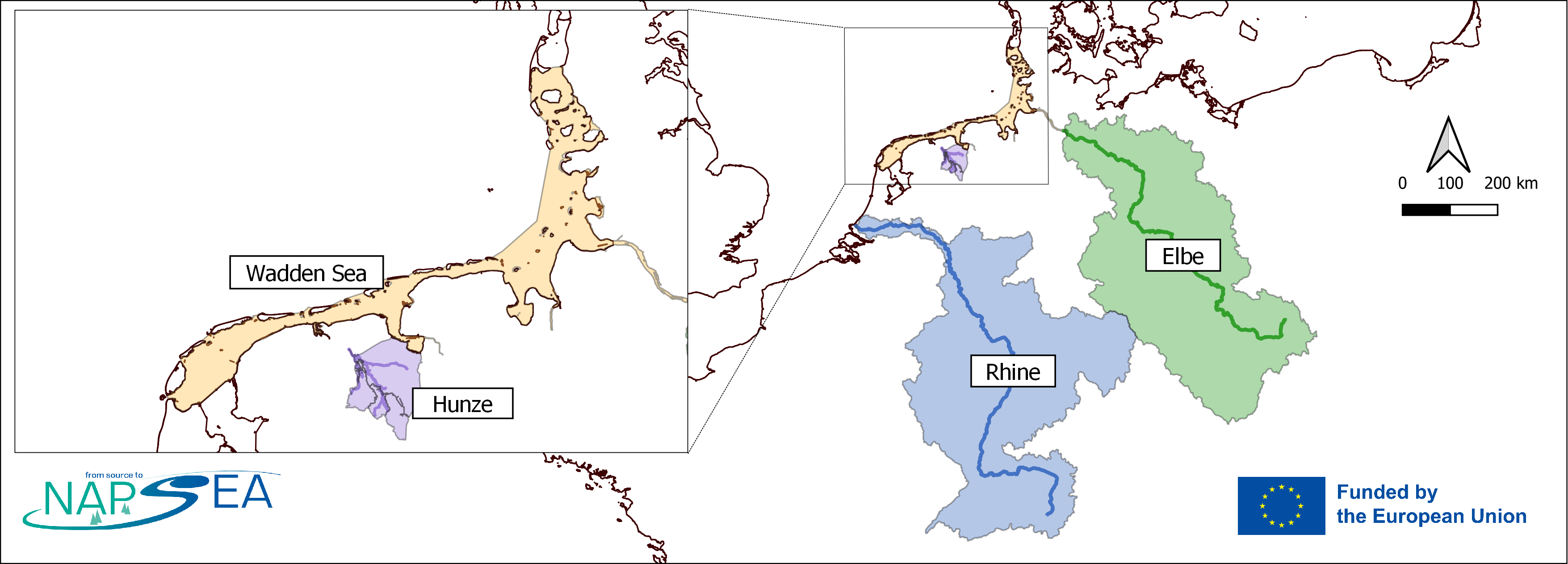
Case Studies
Case study 1: Elbe
The Elbe is one of the major rivers of Central Europe.
The Elbe is one of the major rivers of Central Europe near Geesthacht, a weir separates the river from the estuary. Hamburg harbor is situated about 20 km downstream of the weir in the Elbe estuary. There, the depth of the estuary strongly increases from about 4 m to about 17 m due to dredging to accommodate for large ships.
The river used to be heavily polluted. Industrial pollution has been strongly reduced especially after the German unification. Although nutrient concentrations decreased by about 50% since the early 1990s, they still remain high. Low toxicity and high nutrient concentrations enable massive phytoplankton blooms. When these blooms enter the Hamburg harbor, light limitation induces the collapse of these blooms leading to high organic matter degradation rates and extreme low oxygen levels in summer. We will develop safe ecological limits for the Elbe estuary based on local system functioning focusing on oxygen depletion and translate these into nutrient concentrations and riverine loads. We will combine long time- series observations, the Elbe model (UFZ) for nutrient loads with an estuarine model (Hereon) to investigate nutrient reduction necessary to bring the O₂ levels within safe ecological limits, considering the combined effects of climate change and dredging.
Case study 2: Hunze
The Hunze is part of the Hunze and Aa waterboard, one of the largest waterboards in the northern Dutch provinces.
The Hunze is part of the Hunze and Aa waterboard, one of the largest waterboards in the northern Dutch provinces. The Hunze and Aa waterboard covers an area of about 2130 km² with about 3525 km of mainly artificial channels and ditches. Important functions of the area are agriculture, nature and recreation. The agricultural Hunze catchment (ca. 250 km²) drains directly into the recreational Zuidlaardermeer, a fresh water system of about 5.4 km², in which blue-green algae (cyanobacteria) are causing problems regarding the bathing water quality. The nutrient losses from the Hunze catchment are directly linked to blue-green algae blooms, but the quantification of travel times, flow route contributions, and nutrient retention need more investigation. In addition, more specific effect quantifications are needed for measures within the agricultural landscape to reduce the nutrient losses, also for the effects on the ecosystem health of the Zuidlaardermeer and even the more downstream Wadden Sea.
Case study 3: Rhine
The Rhine is one of the major European rivers.
The Rhine is one of the major European rivers. The Rhine drains an area of 220,000 km2 and is one of the most heavily used waterways in the world. In the past, the Rhine experienced strong anthropogenic impacts with strong modification of the hydromorphology and heavy industrial pollution. While industrial pollution has been greatly reduced, the Rhine is still a major contributor of nutrients from diffuse agricultural sources and from wastewater discharges to the Wadden Sea. In recent years, the Rhine experienced a series of droughts (2018, 2022) with severe impacts on the instream ecosystem such as algal blooms in tributaries.
Case study 4: Waddenzee
The Wadden Sea, a UNESCO heritage, is the world largest intertidal zones extending from Denmark to the Netherlands.
The Wadden Sea, a UNESCO heritage, is the world largest intertidal zones extending from Denmark to the Netherlands. It has become a World Heritage Site in 2009. Eutrophication strongly impacted the ecological status of the Wadden Sea including large phytoplankton blooms, shifts in phytoplankton composition, green macroalgae blooms and loss of seagrass. Nutrient management measures have been taken since the 1970s. After peak nutrient loads during the 1980s, these loads have decreased by a about 50%. This lead to a decrease in blooms of phytoplankton and green macroalgae. Seagrass returned in the northern Wadden Sea but not in southern, more eutrophic Wadden Sea. Moreover, nutrient ratios are still unbalanced with respect to N/P and N/Si ratios. We will combine results from time-series analysis and models to suggest Safe Ecological Limits with a focus on nutrient ratios and seagrass recovery.

